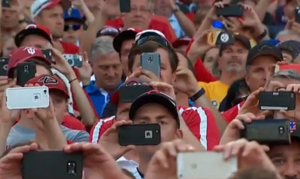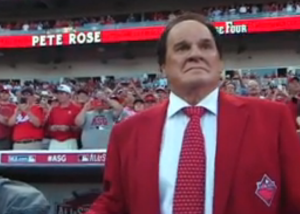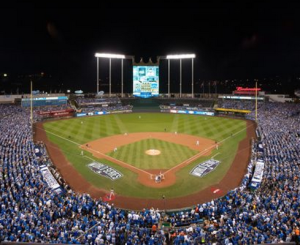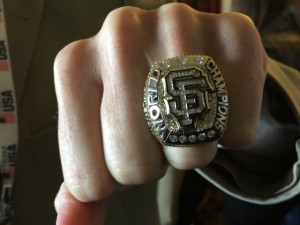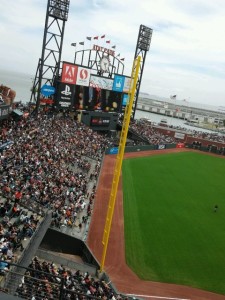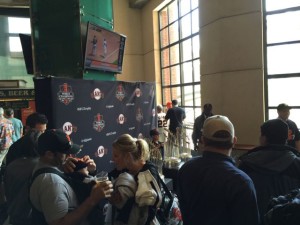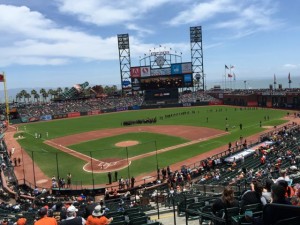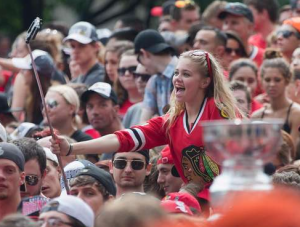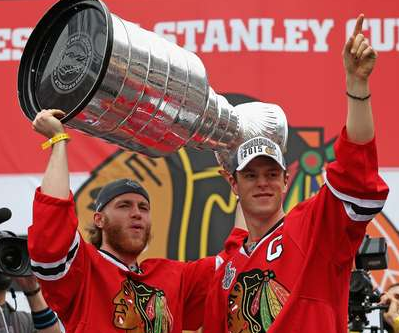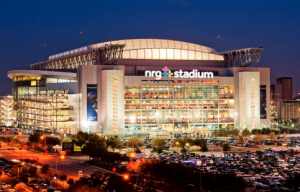 We knew the Houston Texans were getting Wi-Fi put in at NRG Stadium this year, but until we saw this report on HoustonChronicle.com by reporter David Barron we didn’t know that integrator 5 Bars will be leading the deployment, with stadium management firm SMG chipping in for some of the projected $2.9 million cost, according to the story.
We knew the Houston Texans were getting Wi-Fi put in at NRG Stadium this year, but until we saw this report on HoustonChronicle.com by reporter David Barron we didn’t know that integrator 5 Bars will be leading the deployment, with stadium management firm SMG chipping in for some of the projected $2.9 million cost, according to the story.
The report from Houston, which apparently got its information from a meeting of the directors of the Harris County Sports and Convention Corp., says that the deal for 5 Bars still has to be ratified in August, so we may not be at the end of this story yet. Industry sources recently interviewed by Mobile Sports Report have tabbed Ruckus Wireless as the main Wi-Fi gear supplier for the 71,500-seat NRG Stadium deployment, which makes sense since Ruckus and 5 Bars worked together for the recent Wi-Fi deployment at Angels Stadium in Anaheim. Neither Ruckus nor 5 Bars would confirm any details, however (like the cost — does $2.9 million for Wi-Fi sound low to anyone?), so the Ruckus part of the story remains a rumor until we hear more.
We’ll try to round up more details on this story after we recover from a whirlwind couple days at the recent SEAT 2015 conference in San Francisco — according to another Houston Chronicle report, Verizon has installed a new DAS at the stadium, which will be the host venue for Super Bowl LI in February of 2017.
